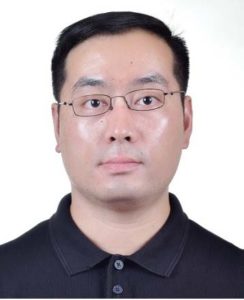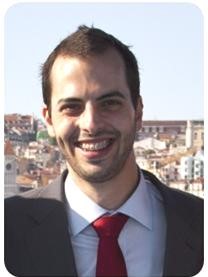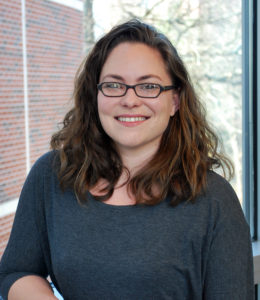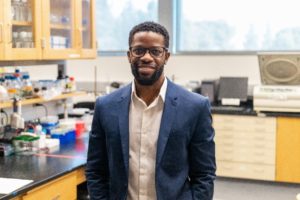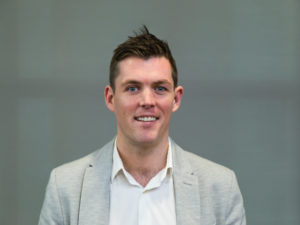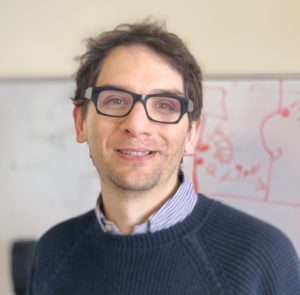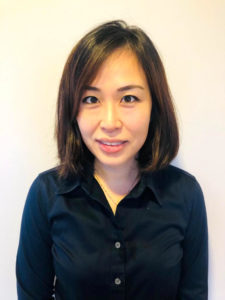Dr. Hua Wei has been a professor in the Department of Pharmacy and Pharmacology at the University of South China since 2019. He is currently the Director of Hunan Province Cooperative Innovation Center for Molecular Target New Drug Study and the distinguished professor of Furong scholars in Hunan Province. He received B.S. and Ph.D. from Wuhan University. He later joined the University of Sydney as a postdoctoral fellow in 2010, and moved to the University of Washington in 2011 and worked with Prof. Suzie H. Pun for three years. He was a professor in the Department of Chemistry at Lanzhou University from 2014-2018. He is currently serving as an Editorial Advisory Board member for ACS Biomaterials Science and Engineering, a guest editor of Frontiers in Bioengineering and Biotechnology and Molecules, and has been selected as International Association of Advanced Materials (IAAM) Fellow. He has thus far published over 100 peer-reviewed papers with a total citation over 4000.
Read Hua’s Emerging Investigator article “Synthesis of cyclic graft polymeric prodrugs with heterogeneous grafts of hydrophilic OEG and reducibly conjugated CPT for controlled release” and check out all of the 2021 Biomaterials Science Emerging Investigator articles here.
How do you feel about Biomaterials Science as a place to publish research on this topic?
It is a great honour to publish a research paper on this topic in the esteemed leading journal, Biomaterials Science, considering the high reputation and quality of the journal in the field of biomaterials science and engineering.
What aspect of your work are you most excited about at the moment and what do you find most challenging about your research?
I am most excited about the excellent property and performance of cyclic topology-based materials for drug delivery applications, which may inspire more upcoming interesting studies. The most challenging I find about my research is the purification of target cyclic graft copolymers and improvement of the yield.
In your opinion, what are the most important questions to be asked/answered in this field of research?
The most important questions to be answered in the field of cyclic polymer-based biomaterials, in my opinion, lie in the precise synthesis and modulation of various cyclic topology-derived polymer architectures.
Can you share one piece of career-related advice or wisdom with other early career scientists?
Thoughtful consideration is a prerequisite for scientific research.


